The global economy has undergone a seismic shift in recent years, with supply chains becoming increasingly complex and interconnected. In this evolving landscape, supply chain finance has emerged as a critical enabler of trade, offering innovative solutions to bridge liquidity gaps and enhance operational efficiency. The fusion of financial technology with traditional trade finance mechanisms is rewriting the rules of engagement, creating opportunities for businesses of all sizes to thrive in a competitive marketplace.
At the heart of this transformation lies the recognition that supply chains are no longer linear but rather dynamic ecosystems. Traditional financing models, often rigid and paper-intensive, struggle to keep pace with the speed of modern commerce. This mismatch has spurred the development of novel approaches that leverage digital platforms, data analytics, and alternative funding sources. Financial institutions, technology providers, and corporate treasuries are collaborating in unprecedented ways to build more resilient financial infrastructure.
The digitalization of trade documents represents one of the most significant breakthroughs in supply chain finance. Blockchain technology has moved from theoretical promise to practical application, with platforms now enabling real-time verification of transactions and automatic execution of smart contracts. This shift has dramatically reduced processing times while simultaneously enhancing security and transparency. Letters of credit, once notorious for their bureaucratic delays, can now be issued and confirmed within hours rather than weeks.
Working capital optimization has taken center stage as companies navigate volatile market conditions. Dynamic discounting solutions allow suppliers to receive early payment in exchange for modest discounts, creating win-win scenarios for both buyers and vendors. These programs have gained particular traction in industries with tight margins, where a few percentage points in financing costs can make the difference between profitability and loss. The flexibility of such arrangements stands in stark contrast to the one-size-fits-all approach of traditional factoring.
Cross-border payment innovations are dismantling longstanding barriers in global trade. Fintech companies have introduced multicurrency platforms that eliminate the need for intermediaries in foreign exchange transactions. By leveraging distributed ledger technology, these systems provide real-time visibility into payment status while reducing settlement times from days to minutes. Such advancements are particularly valuable for small and medium enterprises that previously found international trade financially prohibitive.
The environmental dimension of supply chain finance has gained remarkable prominence. Sustainability-linked financing instruments now tie borrowing costs to measurable ESG performance metrics, incentivizing greener supply chain practices. This convergence of financial and environmental objectives has given rise to circular supply chain finance models, where waste reduction and resource efficiency directly translate into improved credit terms. Progressive corporations are leveraging these mechanisms to align their procurement strategies with broader sustainability goals.
Risk mitigation has evolved beyond traditional credit insurance products. Advanced analytics platforms now aggregate data from multiple sources—including shipping manifests, weather patterns, and geopolitical developments—to provide predictive risk assessments. These tools enable financiers to price risk more accurately while giving supply chain managers unprecedented visibility into potential disruptions. The integration of IoT devices further enhances this capability, allowing real-time monitoring of inventory in transit.
Regulatory technology has become indispensable in navigating the complex compliance requirements of global trade. Automated know-your-customer (KYC) processes and anti-money laundering (AML) screening tools have significantly reduced the administrative burden associated with cross-border transactions. These solutions not only improve efficiency but also help financial institutions identify suspicious activity with greater accuracy. As sanctions regimes become more nuanced, such technological safeguards are proving essential for maintaining the integrity of international supply chains.
The democratization of supply chain finance represents perhaps the most profound shift. Online marketplace platforms now connect small suppliers with institutional investors willing to purchase their receivables. This peer-to-peer model bypasses traditional banking channels, offering faster access to capital at competitive rates. The proliferation of such alternative funding sources has begun to reshape the competitive landscape, giving agile startups access to financial tools once reserved for multinational corporations.
Looking ahead, the convergence of artificial intelligence and supply chain finance promises to unlock new frontiers of efficiency. Machine learning algorithms are already being deployed to predict cash flow patterns, optimize payment terms, and identify potential supply chain bottlenecks before they materialize. As these technologies mature, they will likely enable fully autonomous supply chain financing decisions, with systems negotiating terms and executing transactions without human intervention.
The human element remains vital despite these technological advancements. Relationship management continues to play a crucial role in structuring complex financing arrangements and resolving disputes. The most successful implementations blend cutting-edge technology with deep industry expertise, creating solutions that are both innovative and practical. This balanced approach will determine which players emerge as leaders in the next chapter of global supply chain finance.
As borders become more porous to digital commerce, supply chain finance stands at the intersection of physical goods movement and financial flows. The innovations reshaping this field are not merely incremental improvements but rather fundamental reimaginations of how trade gets financed. Companies that embrace these changes position themselves to build more agile, resilient, and sustainable supply chains capable of weathering whatever challenges the global economy may bring.
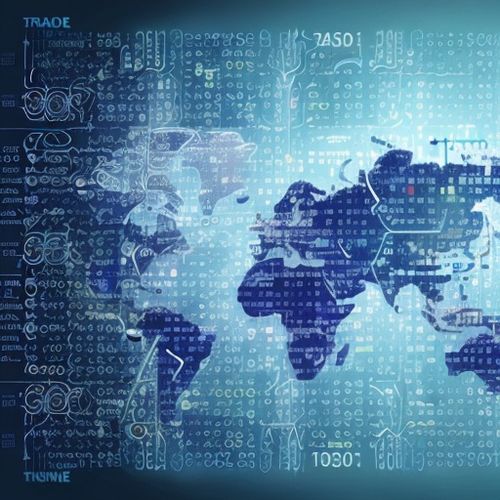
By Emily Johnson/Apr 24, 2025

By Victoria Gonzalez/Apr 24, 2025
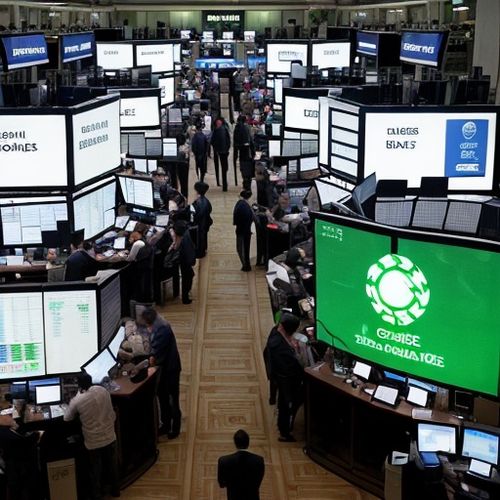
By Michael Brown/Apr 24, 2025

By David Anderson/Apr 24, 2025
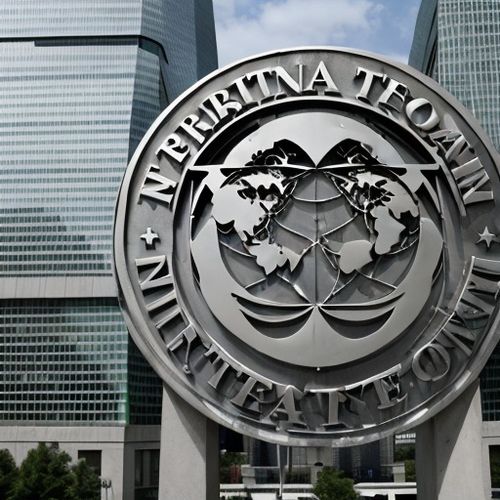
By Ryan Martin/Apr 24, 2025

By Victoria Gonzalez/Apr 10, 2025

By David Anderson/Apr 10, 2025
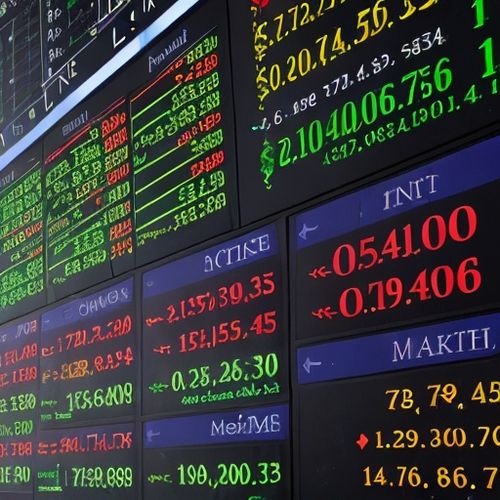
By Noah Bell/Apr 10, 2025

By Michael Brown/Apr 10, 2025

By James Moore/Mar 30, 2025
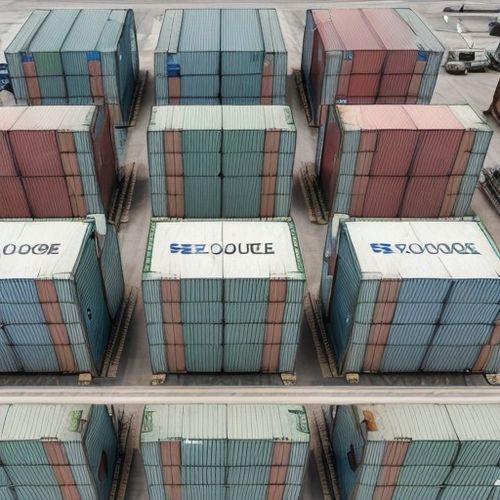
By Rebecca Stewart/Mar 30, 2025

By George Bailey/Mar 30, 2025
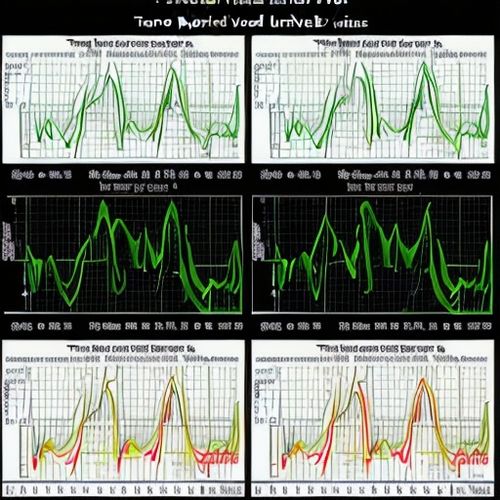
By Noah Bell/Mar 30, 2025

By Samuel Cooper/Mar 30, 2025
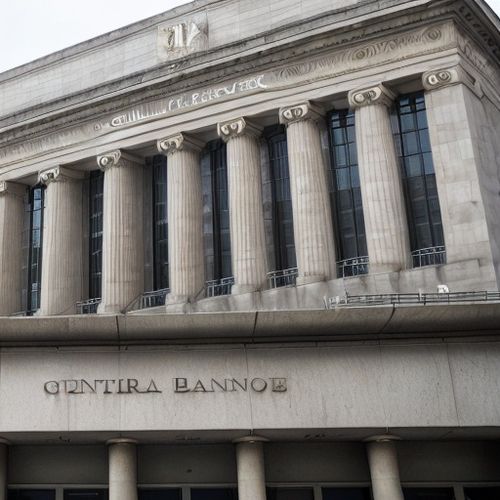
By Elizabeth Taylor/Mar 30, 2025